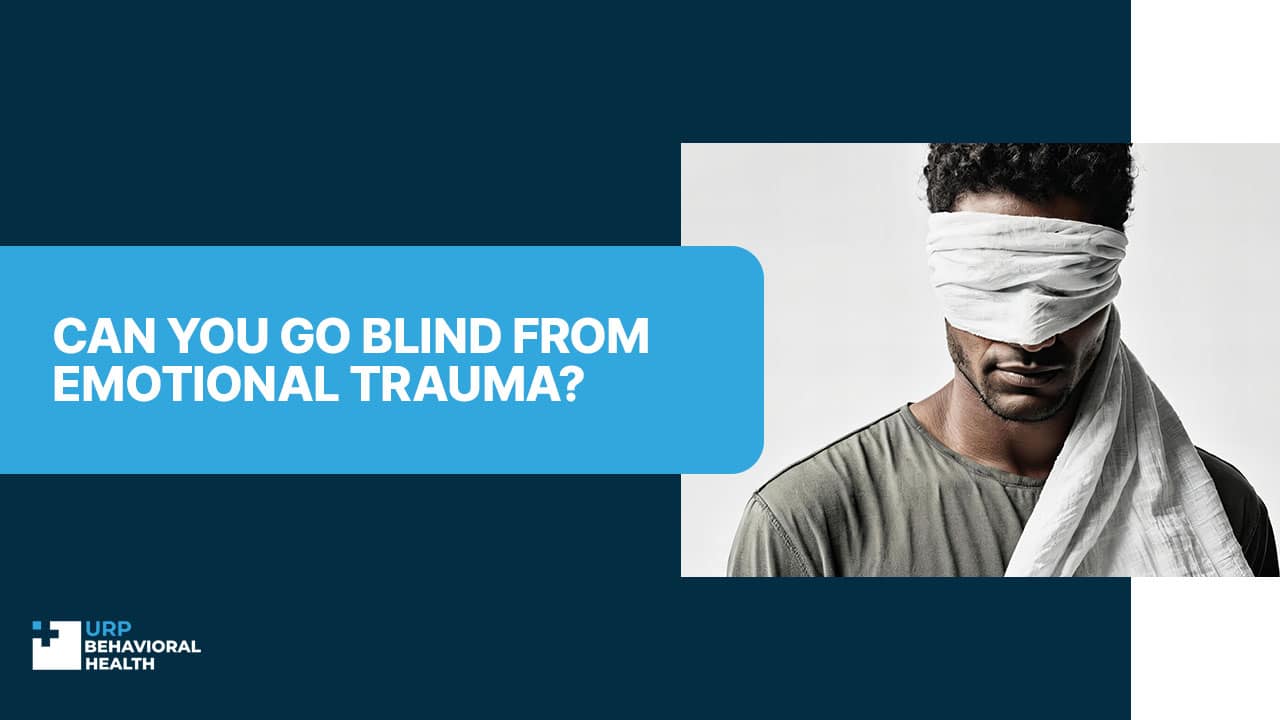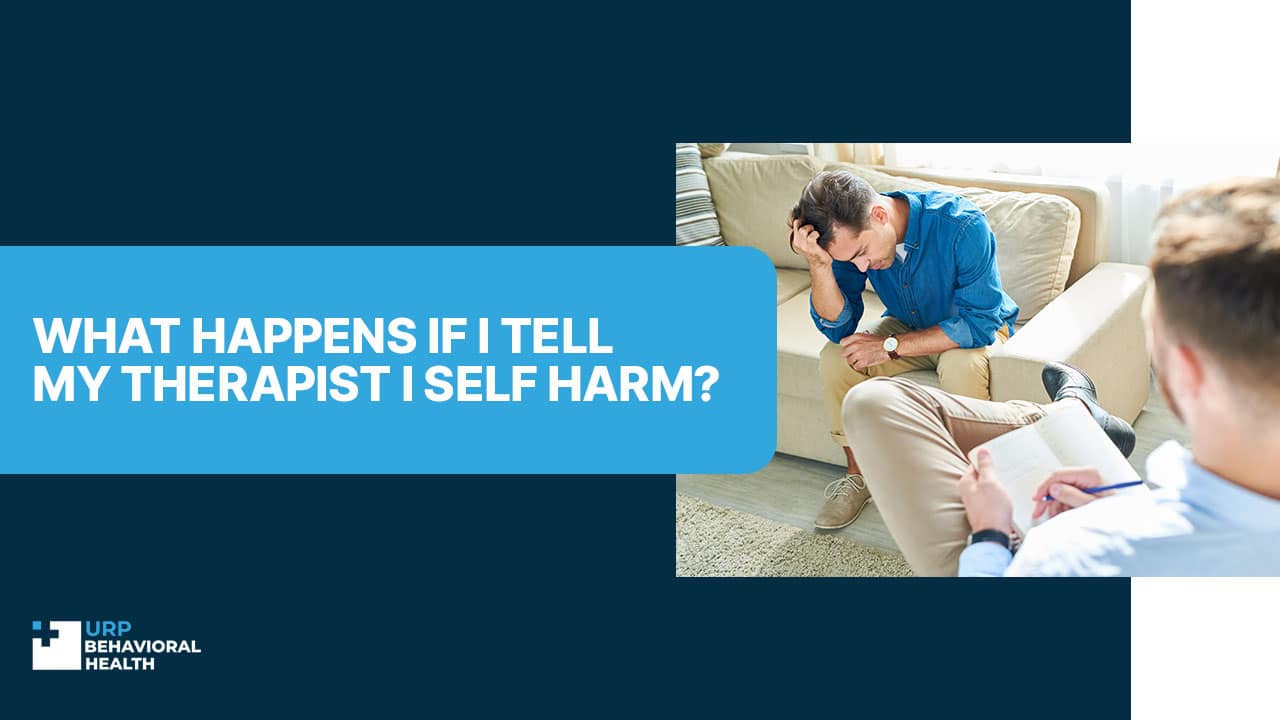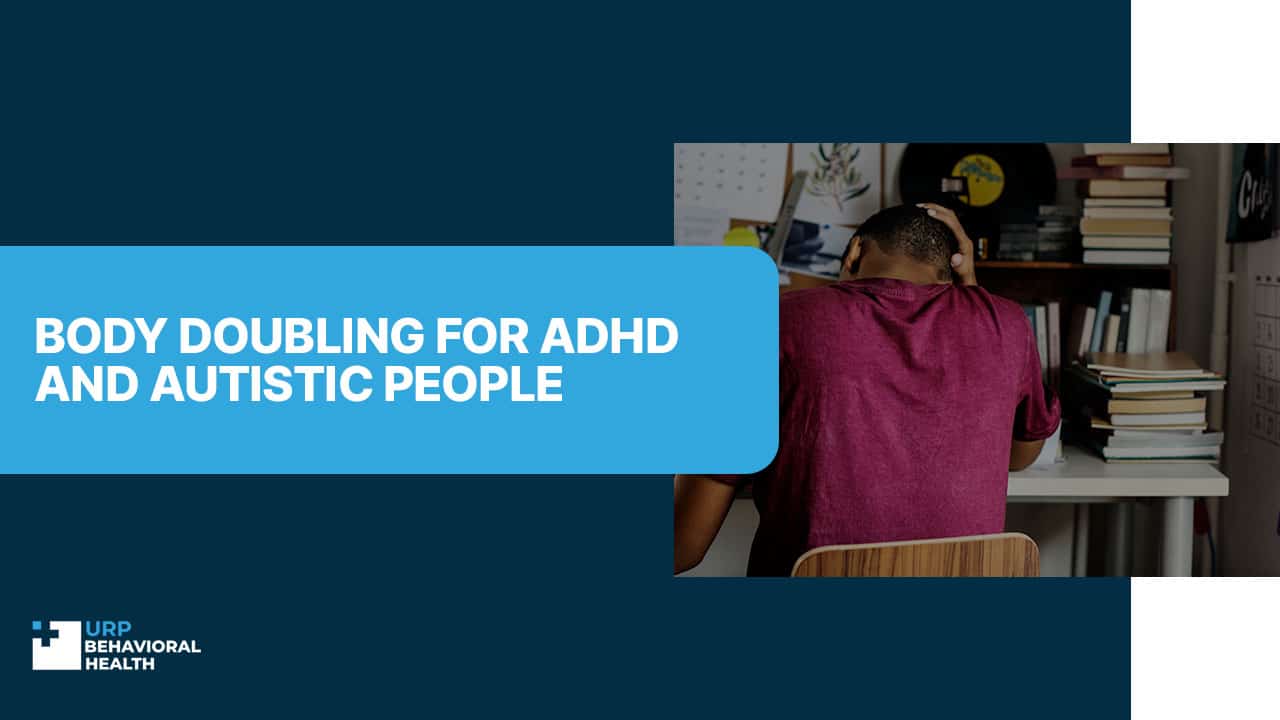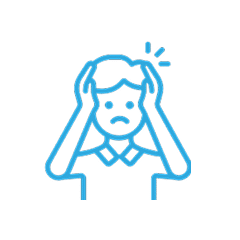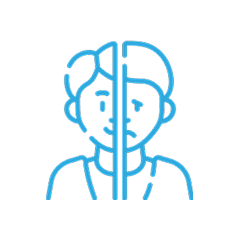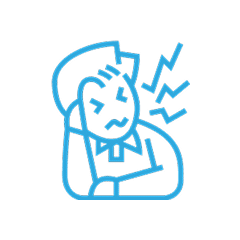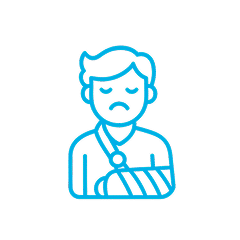
Untreated Bipolar Disorder
Bipolar disorder affects almost 3% of American adults in a year, but not all of them eventually reach a doctor for timely treatment [1]. People may rejoice in the heightened productivity during manic episodes, exhale with relief at times of temporary lull, or believe bipolar unmedicated symptoms will pass on their own. But sooner or later, the consequences catch up.
Does untreated bipolar get worse over time, and can one expect symptom patterns to fade? What happens if bipolar disorder is left without treatment? Let’s look at what the evidence says about its long-term course and the available approaches to managing it.
Understanding Bipolar Disorder: Types and Key Features
Bipolar disorder, or simply BD, is a complex mental health condition defined by tangible mood swings, shifting from profound emotional highs (manic or hypomanic phases) and lows (depressive episodes) [2]. It prevents a person from leading a normal daily life and can cause hazardous consequences.
The illness is classified into four key categories [2]:
- Bipolar I. More than one manic episode lasting 7 days is present.
- Bipolar II. Comprises a hypomanic and a major depressive episode. There are no manic phases.
- Cyclothymic disorder. Hypomanic and depressive symptoms last over 1–2 years, depending on the patient’s age, but don’t fit into the established criteria.
- Unspecified disorders. Distinct bipolar signs cause intense distress but do not meet the entire list of criteria for the abovementioned groups.
This psychiatric condition is commonly difficult to detect because certain symptoms are distinct markers of other clinical disorders. When any type of bipolar is left untreated, its manifestation may worsen over time.
The key features of bipolar disorder include mild and more discernible states [2].
| Mild signs | Severe signs |
| Amplified energy | Noticeable euphoric state |
| Mood fluctuations, irritability, or melancholy | Feelings of despair and futility |
| Sleeping disruptions | Suicidal thoughts |
| Impulsiveness | Hallucinations and tangly thinking |
| Apprehension | Agitation |
Don’t wait - confidential help is available right now for you or your loved one.
What Happens If Bipolar Disorder Goes Untreated?
In case a person neglects the early signs and leaves bipolar disorder untreated, it may result in poor immediate and long-term repercussions. Unregulated emotional instability causes the unfavorable prognosis, including more rapid cycling, correlated anxiety disorders, and lower chances of full remission [3].
What happens when bipolar goes untreated in the long-term perspective? The severities of manic and depressed states may be accompanied by:
- Troubles with handling responsibilities and everyday tasks;
- Financial instability;
- Loneliness and isolation;
- Potential substance abuse or addiction;
- Enhanced risk of suicide.
People with untreated bipolar disorder can face hazardous side effects such as psychosis, substance misuse, or suicide attempts.
Symptoms of Untreated Bipolar Disorder
BD symptoms vary, depending on the type and severity [2]:
- Manic or hypomanic symptoms. During a manic episode, a patient experiences boosted energy levels. They tend to function in a feverish rhythm, feel overly confident, and make unreasonable, hasty decisions. Hypomanic episodes feature similar but less profound signs.
- Depressive symptoms. Depressive phases are marked by physical and mental fatigue, passivity, and irritation. A patient feels constantly sad and gloomy and has no urge to complete elementary tasks.
- Psychotic symptoms. In severe cases, bipolar individuals may be paranoid or have hallucinations. These signs may correlate with suicidal thoughts and life-threatening behaviors.
- Mood shifts. Chaotic mood swings can make it troublesome to feel in control of one’s sanity.
When bipolar disorder goes untreated, these symptoms may become more evident.
Impact of Unmedicated Bipolar Disorder on Daily Life
The neglected BD symptoms can drastically affect the quality of everyday life and wreak havoc in various spheres [4]:
- Finances. BD can cause budget-related problems: during manic phases, people may impulsively spend a lot or get into debt, while throughout depressive episodes, they can struggle to work at all.
- Emotional well-being. Untreated bipolar disorder leads to emotional distress, and fluctuating mood can hinder stable relationships.
- Physical health. Manic episodes may be accompanied by overeating and significant weight gain, while depressive phases are usually associated with a low appetite and lowered activity. BD may also promote diabetes, heart disease, or obesity.
- Social interactions. As the clinical disorder progresses, it can be difficult to sustain relationships. The reason lies in contrast: bipolar people tend to be social during manic episodes to expend lots of energy and might entirely avoid social activities with the onset of a depressive episode.
If a bipolar person seeks support in the early stages, a clinician may tailor a treatment approach to prevent the condition from having a worse effect on the patient’s well-being.
We’ll help you understand your options and guide you toward care.
Long-Term Effects of Untreated Bipolar Disorder
The untreated BD poses significant long-term risks:
- More severe symptoms. Manifestation of bipolar disorder can worsen if the condition is left untreated, causing depressive and manic episodes to linger longer and occur more frequently with age.
- Untreated bipolar brain damage. Experts believe the condition gradually affects neurons, attention, memory, concentration, and impulse control [5].
- Strained relationships. Erratic behavior and impulsivity can cause misunderstanding and dissatisfaction in relationships.
- Financial issues. Manic episodes can induce people to engage in risky activities like excessive expenditures or gambling.
- Substance abuse. Striving to cope with their symptoms, bipolar patients can develop substance abuse.
- High suicide rate. People with bipolar disorder are at an enhanced risk of suicidal thoughts or behaviors [6].
- Lower quality of life. Bipolar disorder can disrupt everyday routine and impact employment and study.
Even the most severe form of this mental illness can be treated with professional interventions aimed at alleviating the signs and educating bipolar patients on how to regulate their thoughts, emotions, and demeanors.
Why Early Diagnosis and Treatment Are Crucial
Bipolar individuals may not understand how much the disorder affects them or the people by their side. Without timely diagnosis and remedy, it can worsen over time.
Effective Treatment Options for Bipolar Disorder
Based on symptom severity, family history, and possible correlated personality disorders, mental health professionals may offer several treatment options for consideration, including comprehensive bipolar treatment approaches:
- Individual psychotherapy. Talk therapy helps a person get an all-encompassing view of their symptoms and triggers, as well as learn actionable distress-coping techniques to manage mood swings. Interpersonal therapy and cognitive-behavioral therapy have been proven effective in treating BD.
- Group therapy and support groups. Such groups allow bipolar patients to connect with like-minded people and exchange emotional support with each other [7].
- Medications. A clinician may prescribe antipsychotics, mood stabilizers, or antidepressants to help a person regulate their mood and avert manic and depressive episodes.
- Lifestyle changes. Recovery of physical and emotional health usually requires healthy changes in daily routine. People with bipolar disorder should get enough rest, eat and exercise regularly, implement stress-management strategies, and avoid using mood-altering substances.
Though bipolar disorder is a lifelong condition, collaboration with a reputable healthcare provider can help a person stabilize their symptoms, develop interpersonal and occupational life skills, and enhance general quality of life. By adhering to a holistic approach to treatment involving a combination of psychotherapy, medication, and lifestyle changes, a person can have a greater sense of control over untreated bipolar symptoms and eventually feel better.
Reach out today and let us create a treatment plan designed around your needs.
References
- National Institute of Mental Health. Bipolar Disorder. Link: https://www.nimh.nih.gov/health/statistics/bipolar-disorder. Access date: July 24, 2025.
- Ankit Jain, Paroma Mitra. January, 2025. Link: https://www.ncbi.nlm.nih.gov/books/NBK558998/. Access date: July 24, 2025.
- Gustavo C Medeiros. Association between duration of untreated bipolar disorder and clinical outcome: data from a Brazilian sample. Braz J Psychiatry. January 8, 2016; 38(1): 6–10. Link: https://pmc.ncbi.nlm.nih.gov/articles/PMC7115469/. Access date: July 24, 2025.
- Anna M. Aniserowicz et al. Developing a profile of activities of daily living for bipolar disorder: a systematic review protocol and meta-analysis. 2022 May 16. Link: https://pmc.ncbi.nlm.nih.gov/articles/PMC9115033/. Access date: July 25, 2025.
- Mervi Antila. Cognitive functioning and its heritability in bipolar I disorder. Research 57. 2011. Link: https://www.julkari.fi/bitstream/handle/10024/79875/56ea7034-2e27-4674-94f0-0171f1375137.pdf?sequence=1&isAllowed=y. Access date: July 25, 2025.
- Peter Dome, Zoltan Rihmer, Xenia Gonda. Suicide Risk in Bipolar Disorder: A Brief Review. July 24, 2019. Link: https://pmc.ncbi.nlm.nih.gov/articles/PMC6723289/. Access date: July 25, 2025.
- Havermans, A. G. (2013). Bipolar disorder in daily life: mood and cortisol responses to naturally occurring events. [Doctoral Thesis, Maastricht University]. Maastricht University. Link: https://cris.maastrichtuniversity.nl/ws/portalfiles/portal/1296405/guid-ec0a6b01-9ea3-4e3f-b452-95150968240d-ASSET1.0.pdf. Access date: July 25, 2025.

